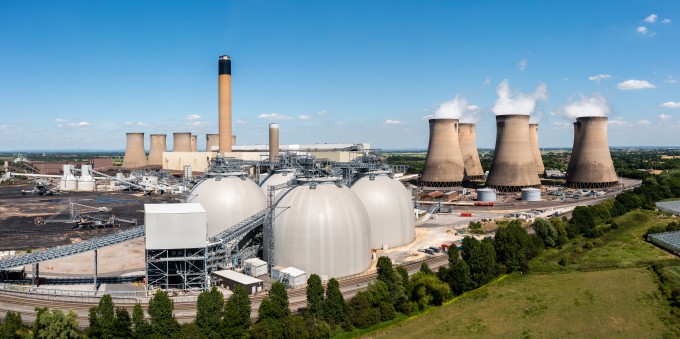The inclusion of nuclear energy in the final text of COP28 signals a watershed moment for the global nuclear industry. For decades, nuclear advocates have worked tirelessly to secure its place as a legitimate solution to climate change. While nuclear energy remains positioned as a secondary option to renewables in COP28's official framework, its acknowledgment marks a crucial victory, setting the stage for broader integration into climate policy and financial initiatives.
A Historic Nuclear Energy Pledge
One of the most significant outcomes of COP28 is the nuclear energy pledge signed by 25 countries. This pledge commits participants to triple global nuclear capacity from 2020 levels by 2050, recognizing each nation’s unique circumstances. Major nuclear economies like the USA, UK, Japan, and South Korea are among the signatories, alongside unexpected entrants like Morocco, Moldova, and Mongolia, signaling a growing global consensus on nuclear energy's role in addressing climate change.
This pledge aligns with aspirational industry goals, such as the World Nuclear Association’s Harmony Programme and the Net-Zero Nuclear initiative. While ambitious, these targets are deemed achievable with concerted international efforts, particularly if nuclear energy is to meet the critical objective of limiting global temperature rise to below 2°C.
Geopolitical Tensions Shape Nuclear Alliances
Notably absent from the pledge are nuclear powerhouses Russia and China. While their absence underscores existing geopolitical divisions, it also highlights a shift in the global nuclear landscape. The industry appears to be fracturing into competing blocs, challenging the spirit of international cooperation that has historically defined nuclear energy.
Examples of this shift include recent U.S. legislation restricting Russian uranium imports and the exclusion of Chinese companies from UK nuclear projects. Such moves reflect the growing trend of national and regional autonomy over nuclear resources and technology.
Challenges and Opportunities in Nuclear Expansion
Tripling nuclear capacity by 2050 will require unprecedented investment in nuclear facilities, including power plants, enrichment facilities, and waste management solutions. Developing nations, particularly in Africa, are emerging as potential nuclear powerhouses, prompting Western nations to reassess their stance on nuclear proliferation and autonomy.
Shared waste repositories could address one of the most significant barriers to nuclear adoption: the challenge of high-level waste management. Establishing multinational repositories would enable more nations to confidently pursue nuclear energy programs while alleviating local concerns about waste storage.
Balancing Climate and Geopolitical Goals
The dual objectives of tripling nuclear capacity and navigating geopolitical tensions present a complex but necessary path forward. The nuclear industry must balance its climate-driven mission with the realities of global competition, ensuring that nuclear power contributes to a sustainable and equitable energy future.


